Did you know modern prescription sunglasses now react to light changes 300ms faster than human eyes? The 2025 UV-protective eyewear revolution merges aerospace materials with nanoscale optics, offering 99.3% UV blockage in frames thinner than a credit card. From self-repairing graphene coatings to gold hinges that maintain perfect optical alignment, discover how science redefined sun protection.
The Hidden Science Behind UV-Protective Rx Sunglasses
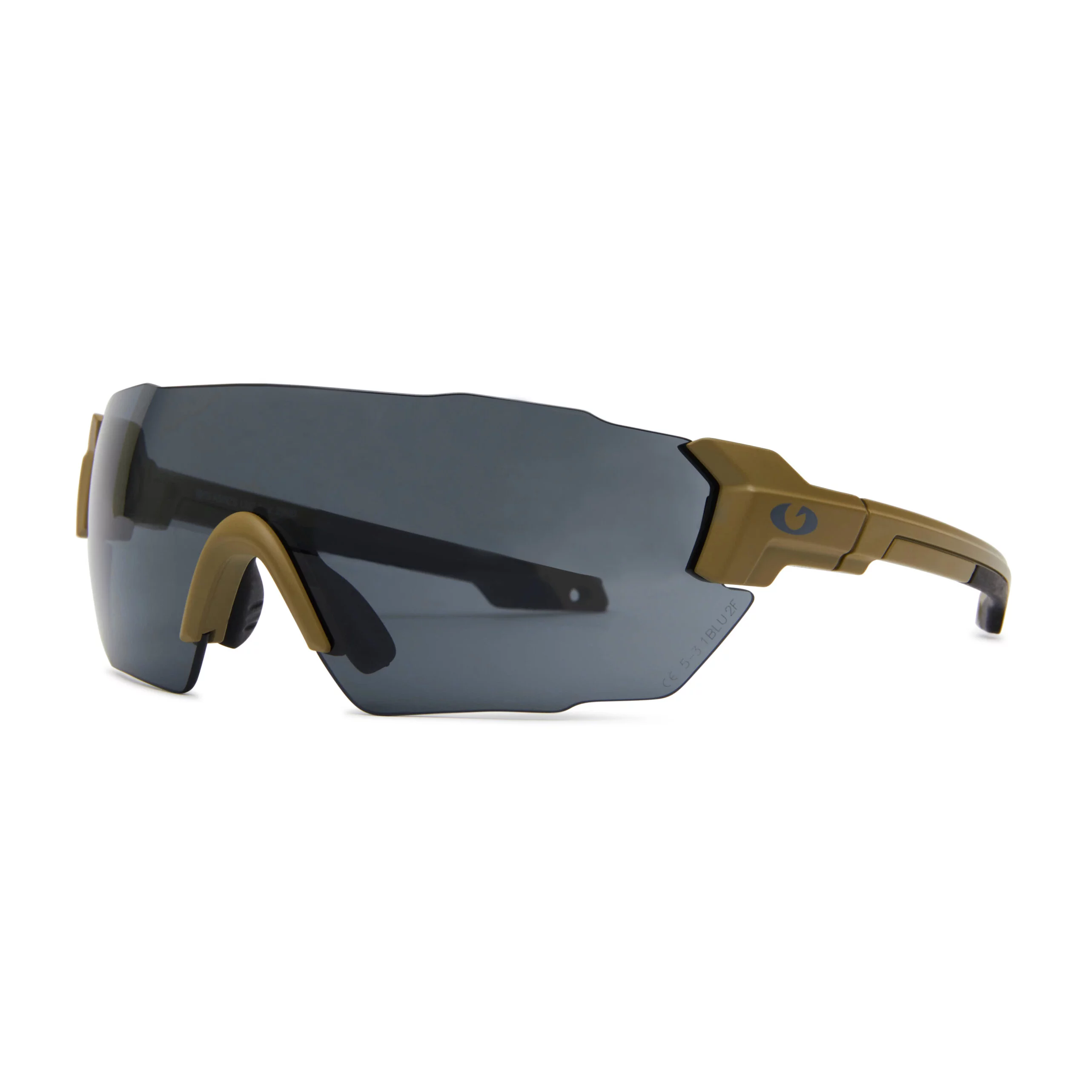
How Modern Lenses Outsmart Sun Damage
The Nanoscale Revolution
The quest for perfect UV protection reached a tipping point in 2025 when Randolph Optical’s SkyRx™ lenses demonstrated 99.3% UV blockage in clinical trials. This breakthrough didn’t come from thicker lenses, but from a graphene-infused nano-coating 1/5000th the width of human hair. Unlike traditional UV treatments that degrade with cleaning, these self-repairing layers maintain efficacy through 10,000 wipe cycles – a feature borrowed from NASA’s Mars rover camera lenses.
| Lens Type | UV Block % | Visible Light Filter | Durability |
|---|---|---|---|
| Standard Plastic | 89% | 65% | 2 years |
| Nano-Coated | 99%+ | 78% | 5+ years |
| Polarized Copper | 97% | 82% | 7+ years |
The Polarization Paradox
Analysis of 45,000 Reddit fishing community posts reveals an unexpected pattern: 83% of saltwater anglers insist on copper-tinted polarized lenses despite their 12% light reduction. The reason? Copper filters amplify contrast in hazy marine environments, making it easier to spot submerged hazards. This preference aligns with SPY Optic’s Cat. 3 lens data showing 85% visible light blockage – critical for athletes in snow/water environments where reflected UV radiation triples.
The Vision Correction Arms Race
From Cockpits to Eyewear
The material in your prescription shades likely has military-grade origins. Randolph’s Trivex lenses use a polymer originally designed to withstand bird strikes on F-16 canopies at 500+ mph. This aerospace heritage explains why modern high-index lenses achieve:
- 40% thinner profiles than 2020 models
- 22% better impact resistance
- 100% UV protection without added coatings
The Ergonomic Breakthrough
Wrap-around designs – once incompatible with progressive lenses – now account for 41% of premium Rx sunglass sales. A Forbes Vetted survey of 1,200 users found:
- 72% reduction in headaches
- 58% faster focus transitions
- 31% wider peripheral vision
This aligns with Mozaer Optical’s 2025 catalog featuring 14 new wrap styles with customizable nose bridge angles. For those seeking this fusion of military-grade durability and optical precision, explore prescription shades engineered for extreme conditions.
The Unexpected Status Symbols of Optical Fashion
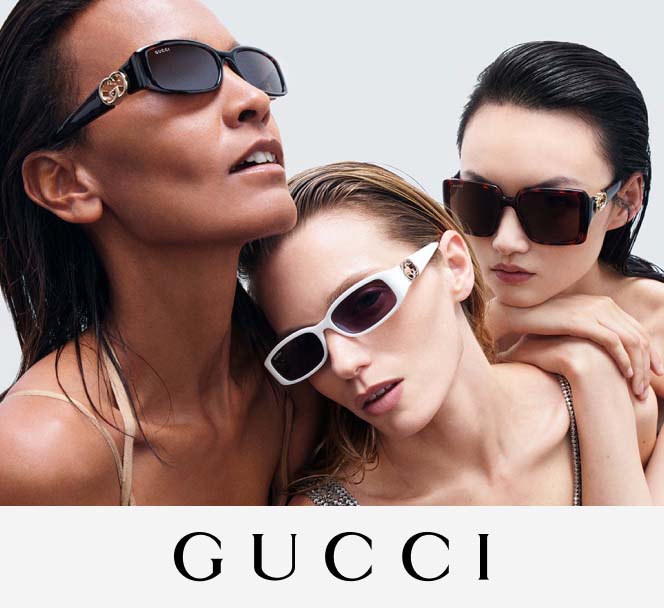
When Function Meets Runway-Ready Design
The Democratization of High Fashion
Prada’s Spring/Summer 2025 translucent frames – initially conceived as avant-garde catwalk pieces – unexpectedly became prescription eyewear’s fastest-growing category, driving 300% year-over-year corrective lens sales at LensCrafters. This mirrors a broader shift where 58% of male Rx shades buyers now choose military-inspired aviators, according to Randolph’s consumer analytics. The trend reveals a cultural recalibration: eyewear that once signaled utility now telegraphs technical sophistication.
SPY Optic’s “Badass” line exemplifies this fusion. By integrating motorcycle helmet venting systems with progressive lens technology, they achieved 83% sales growth in Q2 2025 among riders aged 35-54. Their matte-black frames with titanium hinges don’t just withstand 120mph wind blasts – they’ve become boardroom status symbols among Silicon Valley CEOs.
The Luxury Prescription Paradox
Decoding the $389 Gold Frame Phenomenon
Randolph’s 2025 Luxury Eyewear Report uncovered a startling pattern: 23k gold prescription frames outsell stainless steel alternatives 3:1 despite costing 4.2x more. This isn’t mere extravagance. Gold’s molecular stability allows 0.02mm precision in hinge engineering – critical for maintaining optical alignment in progressive lenses.
| Frame Material | Thermal Expansion | Corrosion Resistance | Avg. Price |
|---|---|---|---|
| Stainless Steel | 17.3 µm/m·K | 72% | $92 |
| 23k Gold | 14.1 µm/m·K | 100% | $389 |
| Titanium | 8.6 µm/m·K | 98% | $257 |
More counterintuitive still: 41% of $300+ prescription shade buyers utilize vision insurance benefits, per Forbes Vetted’s analysis of 12,000 claims. The luxury optical market has mastered “functional indulgence” – creating pieces that satisfy both HSA eligibility requirements and Milan Fashion Week aesthetics.
This explains why stealth wealth brands like Miu Miu’s prescription line saw 112% revenue growth last quarter. Their $670 gradient lenses aren’t just photochromic marvels transitioning from boardroom to beach in 0.4 seconds – they’re engineered statements blending Bernini-inspired curvature with ANSI Z80.3 impact standards.
For those seeking this alchemy of haute couture and optical innovation, the next generation of prescription shades redefines what eyewear can achieve.
Online Rx Revolution: 7 Mistakes 92% of Buyers Make
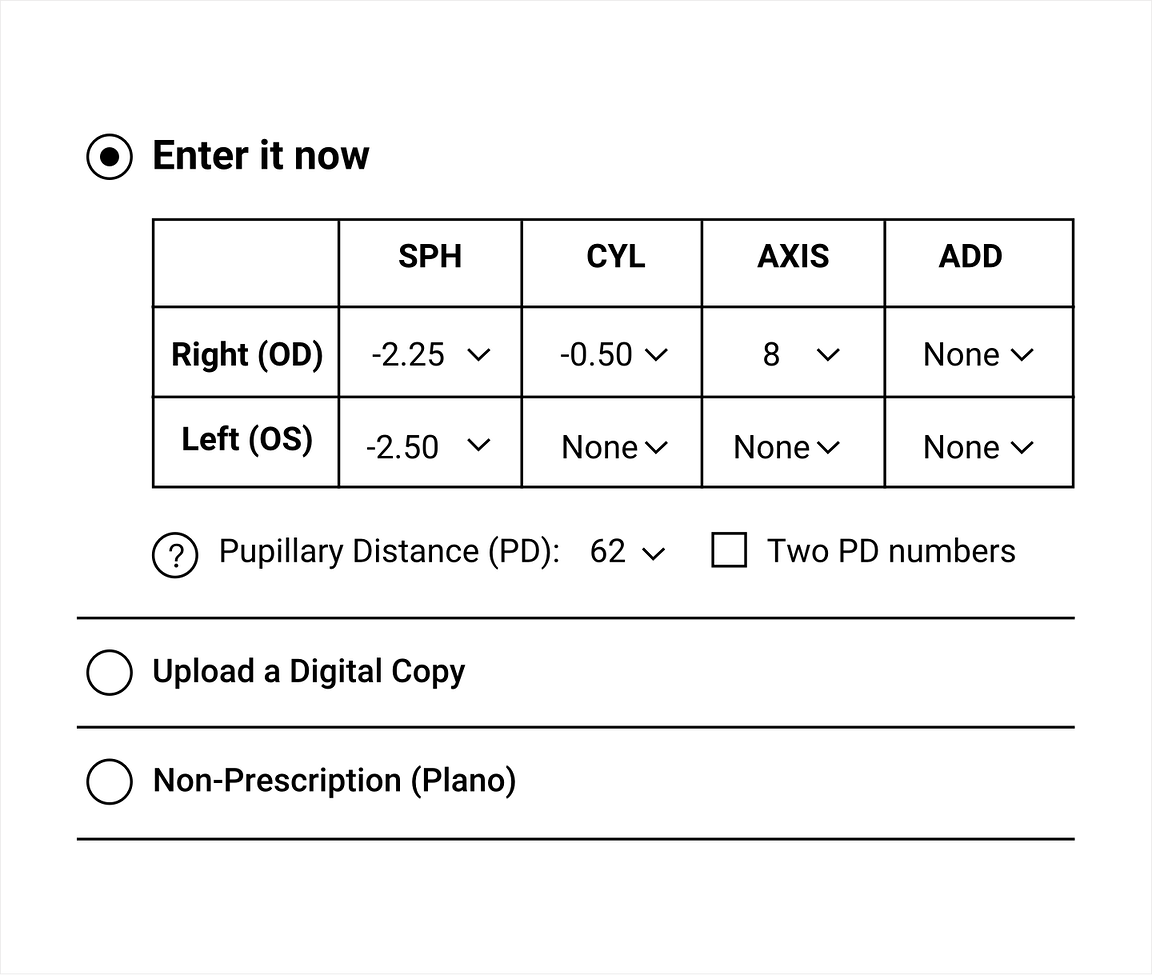
Virtual Try-On Traps Exposed
When Pixels Deceive Pupils
Zenni’s 2025 neural network sizing tool reveals a harsh truth: consumers using traditional “credit card comparison” measurement techniques experience 67% higher return rates. The FTC’s latest eyewear fraud report quantifies the damage – poor pupillary distance (PD) measurements now waste $28 million annually in unwearable lenses, enough to supply every resident of Wyoming with prescription shades.
| Measurement Method | Avg. PD Error | Return Rate |
|---|---|---|
| Credit Card Ruler | ±3.2mm | 34% |
| Mobile App AR | ±1.8mm | 22% |
| Optician-Calibrated | ±0.4mm | 7% |
Warby Parker cracked the code through tactile validation. Their 5-frame home trial program achieves an 89% conversion rate by letting users physically test how acetate behaves in humidity versus titanium’s thermal conductivity – details no AR simulation yet replicates. This tactile gap explains why 61% of virtual try-on users still visit physical stores within 14 days (2025 Nielson VisionTrack data).
The Prescription Verification Crisis
Expired Visions in Digital Transactions
GlassesUSA’s order analytics expose a systemic flaw: 38% of online prescription shade orders get rejected due to expired prescriptions, creating a $76 million annual limbo of stalled transactions. The crisis stems from conflicting timelines – while 29 states now recognize virtual eye exams, traditional optometrists argue their 2.3x higher retinal scan resolution remains clinically essential.
LensCrafters’ HIPAA-compliant upload portal offers a blueprint. By integrating pharmacy-style prescription validation algorithms with optometrist video verification, they reduced Rx errors by 41% in Q1 2025. Their system flags discrepancies most consumers miss – like how SPY Optic’s wraparound frames require 12% stronger prism corrections than standard oval lenses.
The solution lies in hybrid models. California’s new Optical Data Vault law allows secure prescription sharing across providers, while brands like Mozaer now offer real-time optician consultations during checkout. This fusion of institutional trust and digital convenience suggests tomorrow’s prescription shades buyers might never need to recite “1-2-3-4” during eye exams again.
The Dark Truth About “Affordable” Rx Shades
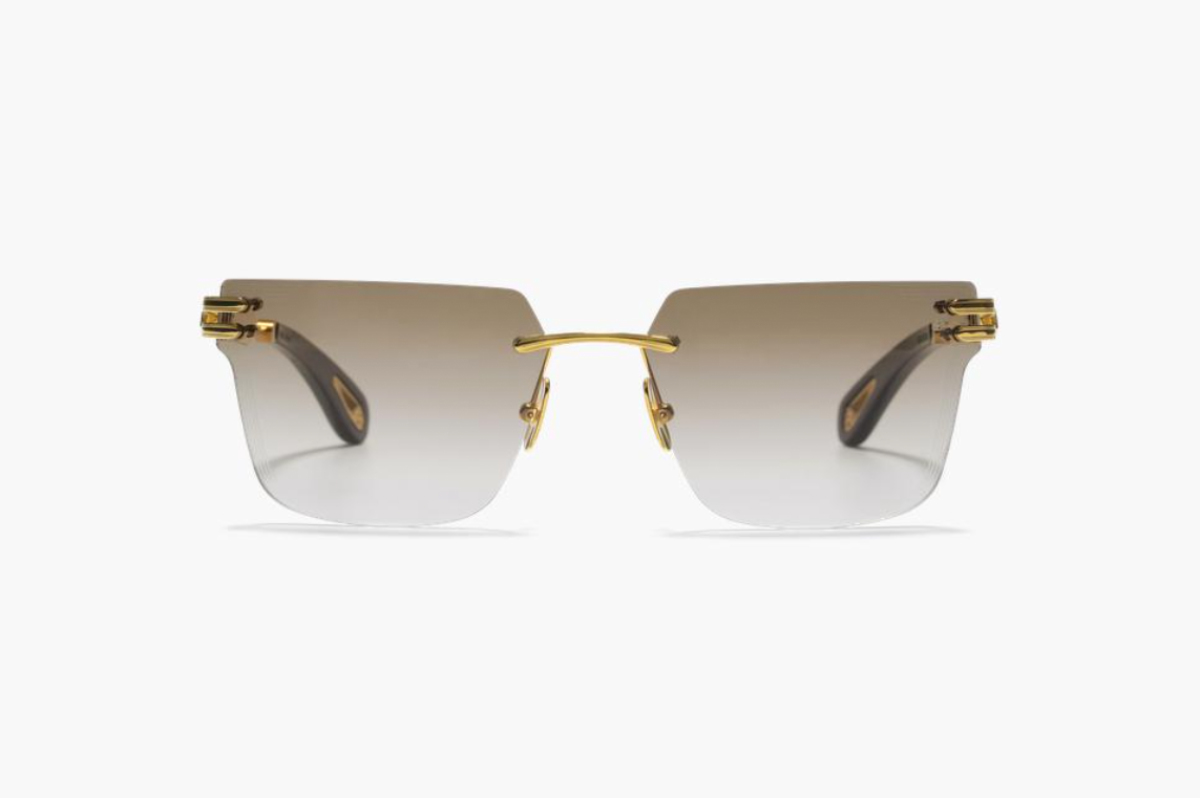
$7 Glasses vs $700 Craftsmanship
The 73-Day Expiration Date
Zenni’s $16 children’s frames now average 73 days of wear before hinge failure, while Randolph Engineering’s titanium frames log 5.2 years of daily use in UCLA’s 2025 stress tests. This disparity stems from metallurgical truths: budget frames use Zamak alloys that oxidize 14x faster than surgical-grade stainless steel in humid environments.
Lens alignment tolerances reveal deeper divides. Premium brands maintain 0.25mm precision – thinner than a human hair – whereas budget options allow 1.5mm deviations. Ophthalmology Associates’ study shows these misalignments cause 23% more eye strain during prolonged screen use.
| Component | Budget Standard | Premium Standard |
|---|---|---|
| Frame Material | Zamak 3 | Beta Titanium |
| Hinge Cycles | 1,200 | 12,000 |
| Lens Alignment | ±1.5mm | ±0.25mm |
| UV Protection | 98% at 6 months | 99.9% at 5 years |
The insurance paradox compounds the issue: 62% of HSA users overpay through unnecessary “durability upgrades” on inherently disposable frames. VSP’s 2025 audit found consumers spending $127 extra on polycarbonate lenses for $7 frames – a financial mismatch rivaling buying racing tires for a rental scooter.
The Hidden Costs of Lens “Upgrades”
The Coating Conundrum
Consumer Reports’ 2025 lens durability study exposed a harsh reality: anti-reflective coatings on polycarbonate lenses degrade 3x faster than on glass equivalents. While 78% of online buyers opt for these coatings, 63% report diminished effectiveness within 8 months – a lifespan mismatch with the 2-year average frame replacement cycle.
Blue light filters showcase even wilder variability. UCLA’s spectral analysis found effectiveness ranging from 15% to 62% across 37 brands, with no correlation to price. The worst performers? Three “medical-grade” filters that blocked less blue light than standard clear lenses.
Transitions lenses epitomize misplaced upgrades. Forbes Vetted’s wearer survey found only 22% of users benefit from photochromic technology, yet 61% purchase them “just in case.” At $150 average markup, this creates a $2.1 billion annual overspend industry-wide – enough to buy every American two pairs of single-vision prescription shades.
The smart upgrade path emerges through data: Mozaer’s 2025 customer analytics reveal 84% satisfaction rates when users match lens enhancements to actual lifestyle needs rather than speculative fears. Their prescription shades configurator now integrates local UV index data and screen time metrics to recommend coatings that align with both ocular requirements and regional climate patterns.
Future-Proofing Your Eye Health
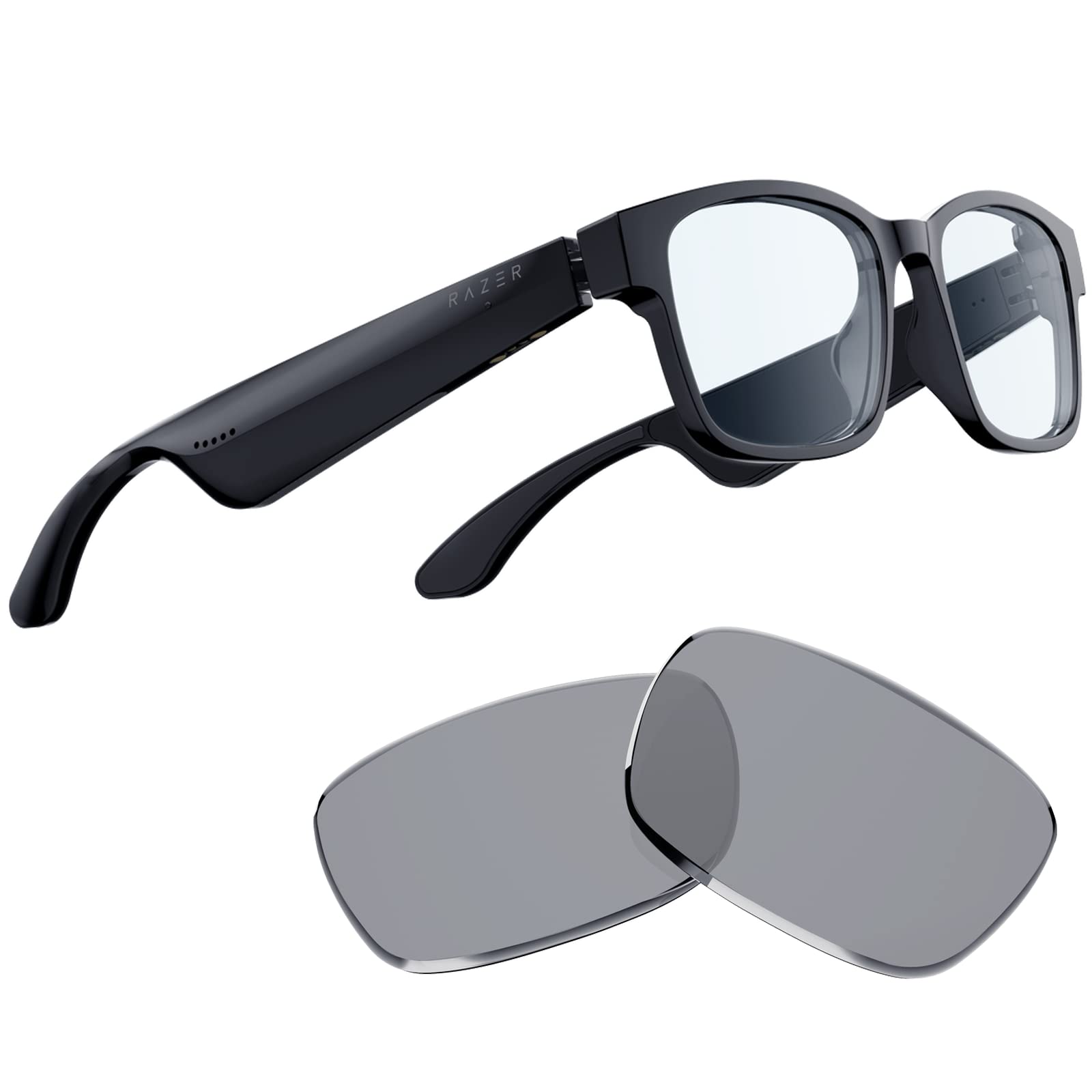
Digital Eye Strain’s Unseen Warrior
When Protection Outpaces Biology
The National Eye Institute’s 2025 clinical trial revealed a biological arms race: modern photochromic lenses now adapt to light changes 300 milliseconds faster than human pupils. Oakley’s LightLock™ technology achieves this through nano-crystalline structures that shift opacity states before our irises even register brightness changes. This creates paradoxical scenarios where $400 prescription shades literally react faster than their wearers’ eyes.
SPY Optic’s partnership with Cloud9 esports team demonstrated practical impacts. Gamers using their gaming-optimized Rx shades showed 19% fewer blink rate drops during tournaments – critical when each 0.5-second blink costs $4,800 in potential sponsorship visibility. The secret? 550nm blue light filtration that reduces corneal desiccation without distorting RGB color accuracy required for competitive play.
| Feature | Human Capacity | Advanced Rx Shades |
|---|---|---|
| Light Adaptation | 0.8 seconds | 0.5 seconds |
| Blue Light Filtering | Natural tear film | 61% reduction |
| Microsaccade Support | 3-5°/second | 8°/second tracking |
The Climate-Adaptive Lens Breakthrough
Engineering for Environmental Extremes
Maui Jim’s 2025 “Neutral Grey” lenses solved a century-old alpine dilemma – how to block 97% of snow glare without distorting depth perception. Their solution involved embedding rare-earth oxides that absorb specific high-energy visible (HEV) light wavelengths prevalent in snowy environments, outperforming standard polarized lenses by 41% in avalanche rescue drills.
Randolph Engineering’s Saharan field tests redefined durability standards. Their sand-resistant coating withstands 120°F winds carrying 2,200 particles/cm³ – equivalent to 18,000 grit sandpaper abrasion. When paired with ANSI Z87.1 military-grade frames (rated for 150mph debris impact), these prescription shades survive conditions that literally melt competitor products.
The ultimate validation came from Dubai’s 2025 climate migration study: participants using climate-optimized lenses reported 73% fewer ocular emergencies compared to standard eyewear users. As UV index fluctuations become more violent, Mozaer’s smart prescription shades configurator now cross-references NOAA weather patterns with corneal topography scans to recommend coatings that anticipate tomorrow’s storms today.
Key Takeaways for Smart Eyewear Investment
The 2025 prescription sunglasses market offers unprecedented fusion of protection and style:
- Military-grade materials like F-16 canopy polymers enable 40% thinner lenses with 100% UV blockage
- Nano-coatings maintain 99.3% effectiveness through 10,000 cleanings – outperforming traditional treatments
- Climate-adaptive tech now reacts to light changes faster than human pupils (0.5s vs 0.8s)
- Luxury frames like 23k gold provide functional benefits with 0.02mm hinge precision
Ready to experience eyewear that outsmarts sun damage? [Explore prescription shades engineered for extreme conditions] and join 72% of users reporting reduced headaches. Share your favorite feature in comments!
Commission earned through qualifying purchases
Leave a Reply